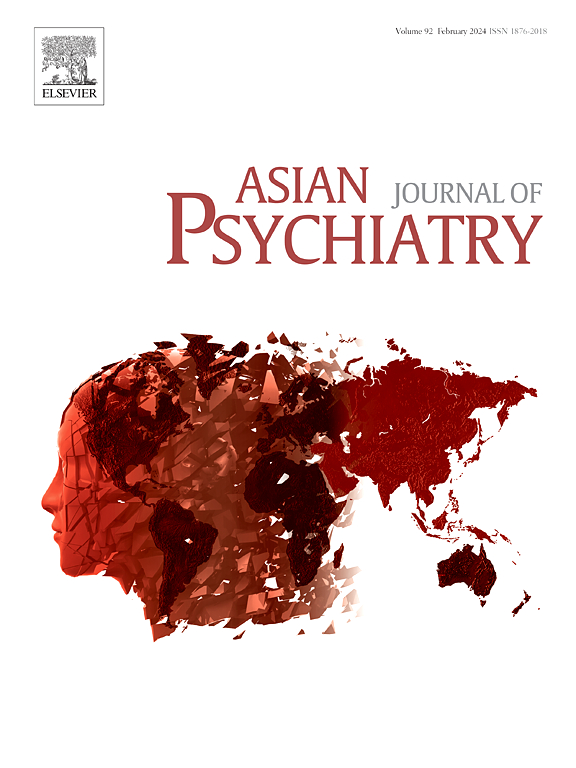儿童中的三叶虫--心理学视角
IF 3.8
4区 医学
Q1 PSYCHIATRY
引用次数: 0
摘要
胃肠道中的毛球是毛发强迫症(强迫性拔毛)和毛发嗜食症(强迫性吃毛发)的并发症。DSM-5 将毛发强迫症归类为强迫症谱系障碍。在这组由四名患有毛发强迫症的儿童组成的病例中,我们介绍了导致毛发强迫症的各种心理病理学,并讨论了当前有关毛发强迫症复杂问题的文献。本文章由计算机程序翻译,如有差异,请以英文原文为准。
Trichobezoars in children – A psychological perspective
Trichobezoars or hairballs in the gastrointestinal tract occur as a complication of trichotillomania or compulsive hair pulling, and trichophagia, or compulsive eating of hair. The DSM-5 classifies trichotillomania as an obsessive-compulsive spectrum disorder. In this case series of four children with trichobezoar, we present the varied psychopathology that led to the same and discuss the current literature on complex issues underlying trichotillomania.
求助全文
通过发布文献求助,成功后即可免费获取论文全文。
去求助
来源期刊

Asian journal of psychiatry
Medicine-Psychiatry and Mental Health
CiteScore
12.70
自引率
5.30%
发文量
297
审稿时长
35 days
期刊介绍:
The Asian Journal of Psychiatry serves as a comprehensive resource for psychiatrists, mental health clinicians, neurologists, physicians, mental health students, and policymakers. Its goal is to facilitate the exchange of research findings and clinical practices between Asia and the global community. The journal focuses on psychiatric research relevant to Asia, covering preclinical, clinical, service system, and policy development topics. It also highlights the socio-cultural diversity of the region in relation to mental health.
 求助内容:
求助内容: 应助结果提醒方式:
应助结果提醒方式:


